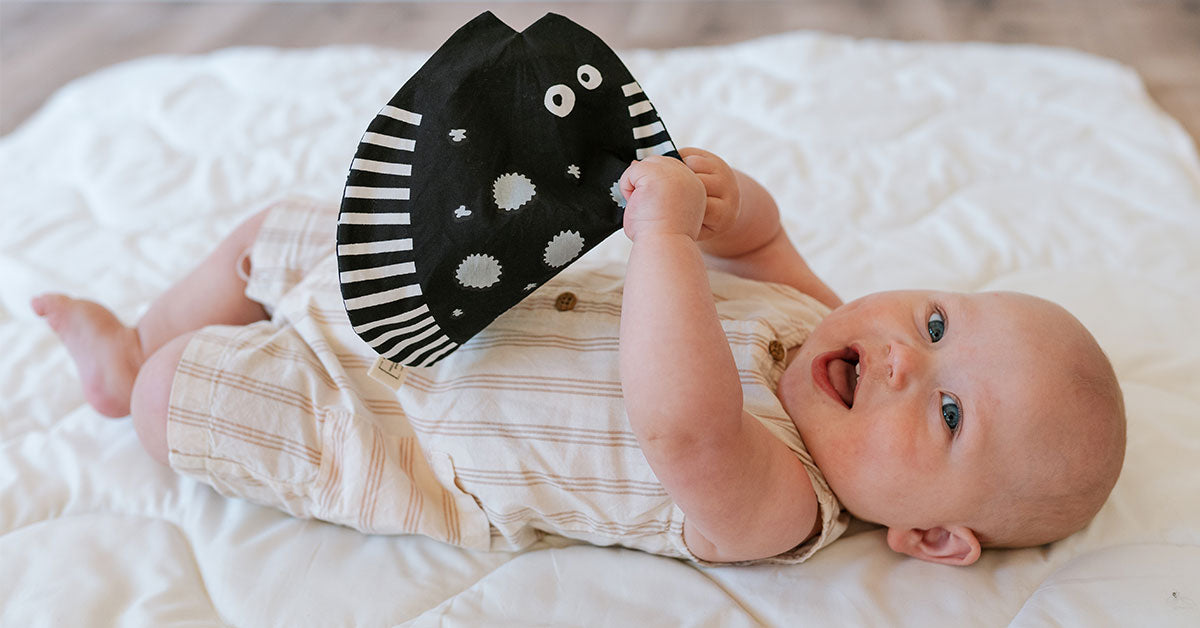- Pediatric Answers
- Posts
- Rhinovirus Going Around + New RSV Vaccine + Black Friday Gift Advice
Rhinovirus Going Around + New RSV Vaccine + Black Friday Gift Advice
Happy Thanksgiving! May your family gatherings NOT be super-spreader events. To help you, here are the highlights...

Table of Contents

Going Around This Week: Rhinovirus
Rhinovirus is the most frequent cause of the common cold. We don’t usually even do official testing for it. It is, however, part of the expanded viral testing panels that we do on very sick, hospitalized patients.
What’s surprising to me is that in the last 2-3 weeks, I have had several normally healthy kids end up in the hospital with severe respiratory symptoms (cough, wheezing, trouble breathing, needing breathing meds and oxygen) who have tested positive for rhinovirus.
This means that, for whatever reason, the strain going around is worse than usual. So, be warned.
Some quick facts about from the American Academy of Pediatrics (AAP) on how to care for your child if he or she has rhinovirus:
***
P.S. If this information is helpful, PLEASE forward this to a friend. The more, the merrier 💕.


RSV Help: Beyfortus (nirsevimab)
As a disclaimer, I have NO financial interest in any pharmaceutical companies. I offer this information for educational purposes only and to let parents know what options/help they have available to them. My goal is not to pressure parents or to say you should or should not vaccinate your child. That is a personal decision that should be made with your own pediatrician.
RSV season is upon us. (Officially, the season runs from November to March.) RSV is a crummy respiratory virus that especially affects babies. When the season is in full swing, I admit at least one baby every week to the hospital for respiratory support (oxygen, ventilation, etc.).
In the past, all we’ve had to fight RSV is the sage advice: “keep your baby at home in the winter, away from sick people.” Last year, an RSV vaccine, Beyfortus, became available for babies. The vaccine had a disappointing role out (huge shortages and poor insurance coverage). This year has proven much better. Most insurance carriers cover it, which is a good thing, as it is super expensive. My cost is about $500 (and that doesn’t include the costs of ordering, managing, storing, insuring, or administering the vaccine).
The RSV vaccine highlights:
While called a “vaccine,” it’s not a vaccine in the traditional sense (the body doesn’t have to mount a big response, it’s not a mRNA vaccine). It doesn’t prevent RSV, it provides the antibodies to fight it. So, if the infant gets RSV, he/she doesn’t get very sick.
The antibodies last roughly 5 months (one season), not lifelong.
It’s approved for all infants under 8 months of age (and high-risk infants under 24 months).
If mom got the RSV vaccine, then baby does NOT get Beyfortus. It’s one or the other. Note: the maternal RSV vaccine is Abrysvo which is a traditional vaccine.
The most common side effect is injection site irritation.
It comes in 2 doses: 50 mg for infants under 11 lbs. and 100 mg for infants over 11 lbs.
It is covered under the vaccines for children program (so if you have Medicaid, it is free).
The vaccine took roughly 7 years in R&D before it became available (it was in the works long before COVID and has nothing to do with COVID).
Finally, the question all my patients ask, “Would you give it to your baby?” The answer is a resounding “Yes.” My third baby got RSV at 1 month and as expected, ended up on oxygen. It was miserable. If there was something available at the time that I could have given her to help prevent the serious lung infection, I would have done it.
Ultimately you have to decide what is right for you and your comfort level with a “new vaccine,” but I want you to know that there is finally something available in the fight against RSV.


Black Friday Gift Advice
As you consider what gifts to buy, here are a few tips to keep you and your kids safe. Gifts with these features often end up on the recall list due to a danger to a child.
Hoodies with drawstrings (they are a strangulation hazard)
Toys with tiny parts (choking hazard)
Toys with button batteries (kids swallow them and burn the GI tract)
Toys with magnets (kids can swallow them and damage the GI tract)
Water beads and other expandable/grow with water toys (unsafe when swallowed)
Foreign made PJs (often don’t meet US kids clothing flammable safety standards)
Happy and safe shopping!

Recalls & Alerts: Tummy Time Gallery Sets

Say ohai to an AI assistant...and bye to parental overwhelm
Introducing Ohai.ai, an AI assistant designed to lighten the mental load of busy parents. Ohai keeps track of the details that take up your time and brainspace – like managing your family calendar and to-do list, planning endless meals, remembering everything, and reading all those emails.
Ohai can help you:
get organized
coordinate tasks
make meal plans
order groceries
anticipate upcoming events and conflicts
and scan emails for key info.
Legal Disclaimer: The information provided in this article is for educational and informational purposes only. It is not intended as a substitute for professional advice or medical treatment. Always seek the advice of your physician or qualified healthcare provider with any questions you may have regarding a medical condition or the health and welfare of your child. We do not endorse any specific products or brands mentioned in this article. Readers are encouraged to perform their own research and consult with appropriate professionals before making any decisions based on the information provided herein.



